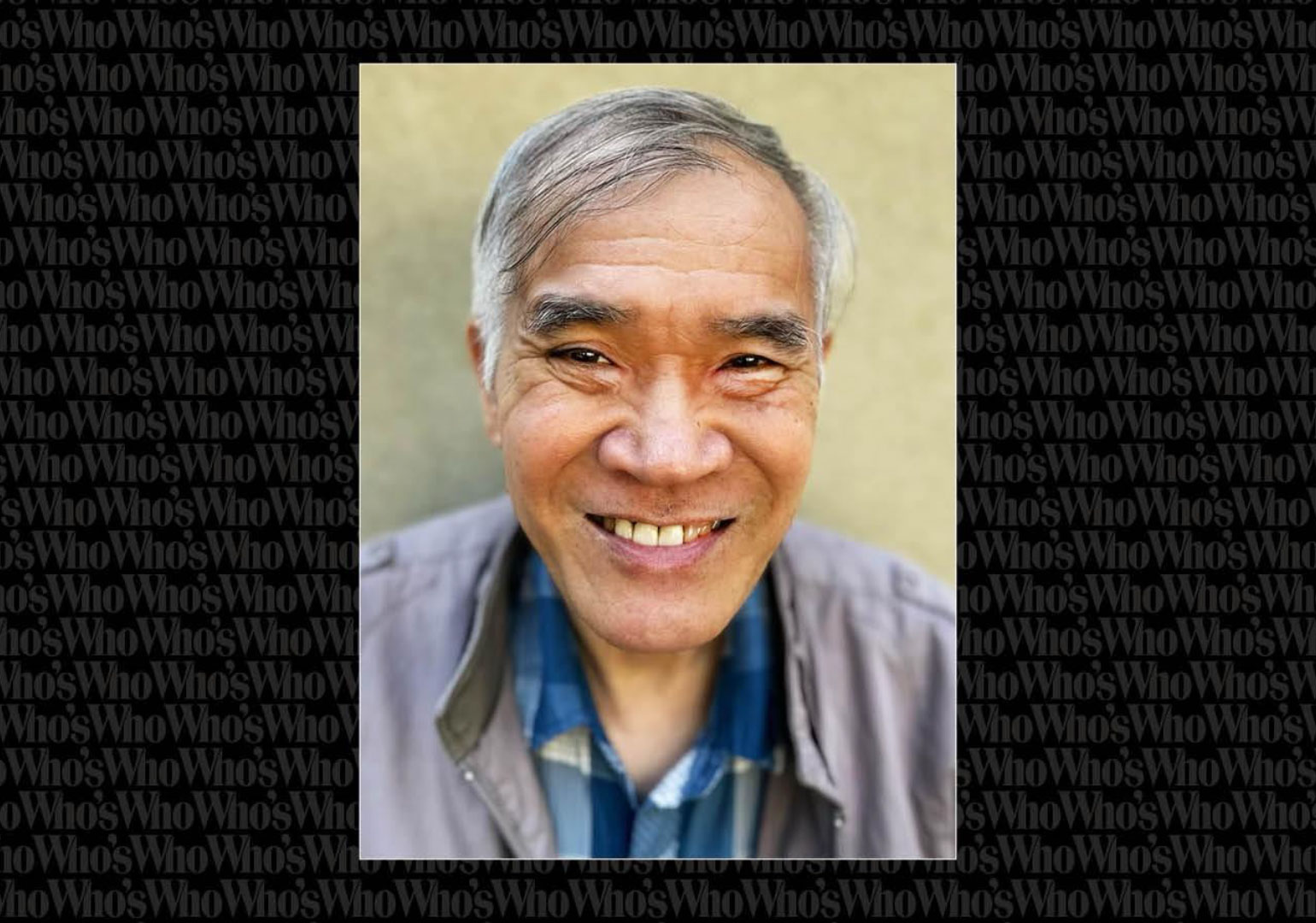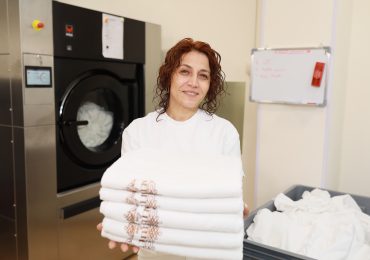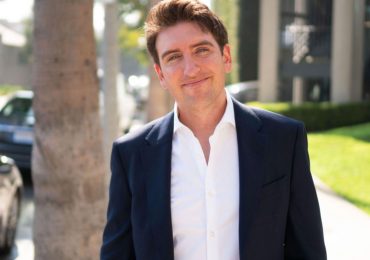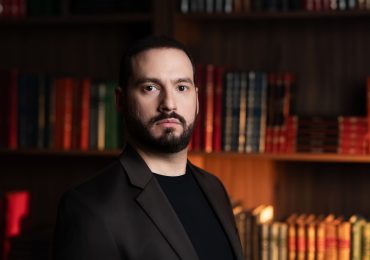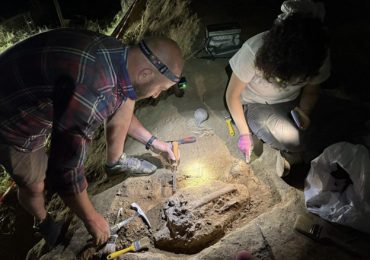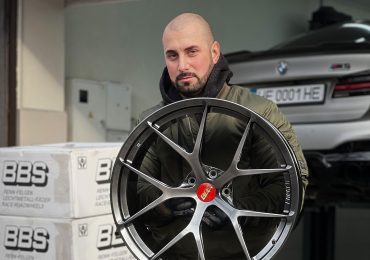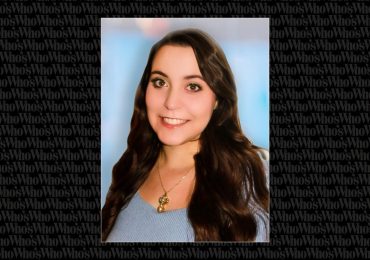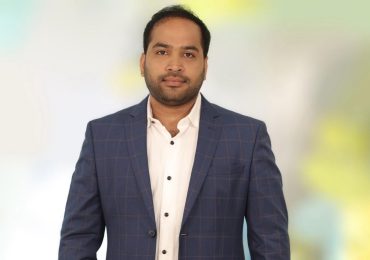Tien T. Nguyen, a distinguished engineering fellow at NASA’s Jet Propulsion Laboratory (JPL), has been recognized by Marquis Who’s Who for his outstanding contributions to space exploration and reliability engineering. Marquis Who’s Who acknowledges Mr. Nguyen’s prestigious accomplishment after more than three decades of dedicated service, during which he has played a pivotal role in advancing interplanetary missions and fostering innovation in aerospace technology.
Decades of Excellence in Reliability Engineering
Mr. Nguyen’s experience in reliability engineering highlights his aptitude and dedication to the field. A native of Vietnam, his career began with a solid educational foundation. In 1980, he earned three bachelor’s degrees in physics, electrical engineering and mechanical engineering. He further honed his skills with a master’s degree in electrical engineering, specializing in radio frequency and microwave control systems, electronics and computer architecture, in 1987. Additionally, he finished coursework toward a Master of Science in Mechanical Engineering and a Master of Science in computer science.
This multidisciplinary background laid the groundwork for Mr. Nguyen’s diverse professional experiences, starting with designing nuclear power plants at Bechtel in 1980 and mainframe computers at Burrough in 1982.
In 1985, Mr. Nguyen joined NASA’s Jet Propulsion Laboratory (JPL), where he spent most of his career. At JPL, his work has been pivotal in advancing reliability engineering for space exploration. Mr. Nguyen’s responsibilities cover a wide range of critical tasks, including reviewing reliability analyses, performing worst-case scenarios, conducting failure analyses for semiconductor devices and certifying optimal functionality of designs in space environments. Always starting with base principles in order to arrive at an easy, simple-to-comprehend solution, he subsequently advances to a more complicated model, often involving software simulation. The third step is to replicate problems with specialized hardware in order to correct data. Once the issue has been replicated, failure analysis is employed to perform on specific elements. Considered a subject matter expert in semiconductor physics, EMI, signal integrity and DC/DC conversion, Mr. Nguyen is likewise well-versed in numerous software simulation software platforms, including SPICE, PISCES, Anysys Maxwell, HFS, ADS, Abaqus, Hyperlink, Modelsim, Matlab and Mathematica. He is also familiar with such hardware instruments as VNA, TDR, Oscilloscope, HV power supply, DAQ, SMU, curve tracer, Labview and Benchvue. For failure analysis, he has relied on scanning electron microscopes, transmission electron microscopy, focused ion beams, x-rays, CT scans, and much more.
Mr. Nguyen’s meticulous outlook on consolidating requirements and his unique ability to reverse engineer and improve existing technologies have significantly contributed to the success of numerous interplanetary missions. His extensive knowledge and experience have benefited JPL and have proven invaluable in resolving complex engineering challenges internationally, particularly in countries like Germany, France and Argentina. His ability to resolve complex and complicated problems, from the atomic level to spacecraft engineering, has earned acclaim in many circles.
NASA has recognized Mr. Nguyen’s contributions with prestigious awards, including the Exceptional Service Medal in 1994 and the Exceptional Engineering Achievement Medal in 1989. These awards underline the impact of his work in the fields of space exploration and reliability engineering.
Understanding Mr. Nguyen’s Work in Reverse Engineering
Mr. Nguyen emphasizes that reverse engineering is one of his main tasks at JPL. When JPL works with components or systems from external sources, Mr. Nguyen and his team do not simply implement them as-is. Instead, they meticulously deconstruct and analyze these items to comprehensively understand their design, functionality and limitations.
According to Mr. Nguyen, this process allows JPL to thoroughly grasp the intricacies of each technology it encounters, whether hardware or software.
What makes this perspective unique is reverse engineering’s collaborative and improvement-focused nature. After dissecting and understanding a design, JPL does not keep this knowledge to itself. Instead, it shares its findings with the original creators or suppliers, building a mutually beneficial exchange of information and proficiency.
Its team uses the insights from reverse engineering to improve the original designs, enhance its performance or adapt it to better suit JPL’s specific needs. For Mr. Nguyen, this open dialogue enhances JPL’s understanding and contributes to the broader advancement of aerospace technology.
Old and New Technologies: Maintaining a Good Balance
Mr. Nguyen’s career at NASA’s JPL is a delicate balance between maintaining the reliability of proven technologies and cautiously embracing innovations. This outlook, a hallmark of his more than three-decade tenure, reflects the critical nature of space exploration, where failure is not an option.
“Most of the work that I have done so far is more focused on reliability,” Mr. Nguyen explains, highlighting that much of the technology they use is more than 20 years old. This conservative stance establishes that missions rely on thoroughly tested and dependable systems, which are crucial for the success of interplanetary explorations.
However, Mr. Nguyen’s outlook is not resistant to change but represents a measured adaptation to new technologies. While maintaining a foundation of reliable, mature systems, he has been instrumental in incorporating state-of-the-art innovations when appropriate. One example of this balanced procedure is the recent use of a helicopter as a drone on Mars missions.
Furthermore, Mr. Nguyen’s daily engagement with ChatGPT, Claude, Copilot and Gemini for problem-solving demonstrates his commitment to integrating advanced technologies into established practices. This balance between tried-and-true methods and emerging technologies allows JPL to bring innovation into space exploration while minimizing risks.
This strategy has been crucial in planning ambitious future missions, such as potential explorations of Uranus’ oceans. Mr. Nguyen’s methodology makes certain that as space exploration evolves, it does so on a solid foundation of reliability enhanced by strategic technological advancements, such as AI and artificial neural networks, with long term plans to leverage the power of quantum computing in solving challenges in the realm of semiconductor physics.
Mr. Nguyen’s recognition by Marquis Who’s Who testifies to his past achievements and acknowledges his ongoing contributions to the field. As NASA and other space agencies prepare for the next generation of missions, the knowledge of veterans like Mr. Nguyen will be invaluable in bridging the gap between proven technologies and emerging innovations.
About Marquis Who’s Who®:
Since 1899, when A. N. Marquis printed the First Edition of Who’s Who in America®, Marquis Who’s Who® has chronicled the lives of the most accomplished individuals and innovators from every significant field of endeavor, including politics, business, medicine, law, education, art, religion and entertainment. Who’s Who in America® remains an essential biographical source for thousands of researchers, journalists, librarians and executive search firms around the world. The suite of Marquis® publications can be viewed at the official Marquis Who’s Who® website, www.marquiswhoswho.com.
S


